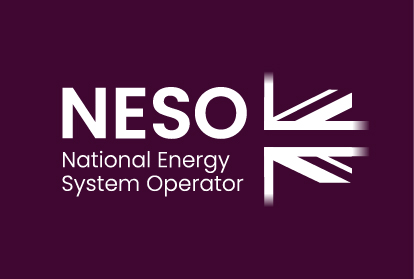Project Summary
GDNs require a new forecasting framework to manage the increasingly disruptivedemands from flexible embedded generators, a need recognised by the 'Electricityand Gas Resilience Task Group' (EGRITG).
This project will design a notification platform for embedded generators to informGDNs of upcoming demands, combined with electricity market forecasting andadvanced machine learning techniques to refine embedded gas demandforecasts.
The Gas Trader Energy Balancing project will strengthen system resilience androbustness by creating an innovative whole system balancing approach for the UKGas Network, bringing sites, such as embedded power generation sites, intoalignment with existing balancing processes.
Innovation Justification
This "Gas Trader Energy Balancing Modelling" innovation project aims to develop a highly innovative data tool which combines a reporting platform and electricity market analytics for day ahead forecasting. Machine learning will help to refine the forecasts building on gas trader inputs and market outturn, providing GDNs with the essential insight to balance the network for the first time.
The GDNs need to have a full knowledge of the system requirements for the safe and economic operation of the energy market, and currently the lack of telemetry and gas nominations from the embedded power generation sites, supplied manually, has the potential to leave GDNs vulnerable to a gas booking deficit. The outputted tool from this project will provide accurate forecasts of current demand/supply balance to the NEC, enabling better decision making and ultimately protecting consumers and their energy supplies. This forecasting capability is essential as more net-zero sources of power (and potentially injection) come online.
This new proposed system will align with already existing Gas Nomination processes being operated within industry. It builds on existing research and capabilities and the output would be adopted by all GDNs with current industry working groups supporting the roll out into BaU.
Following the completion of this Phase, our current estimated TRL is 4 as we gather all required information and data, and as we start shaping our models. We then expect to reach TRL 6 by end of Alpha to validate our models with the anticipation to fully test our models ready for rollout in the later Beta Phase.
Our IRL sits at 4 with the view to remove uncertainties of integration with Networks' risk management models to reach IRL 6 by end of Alpha.
Finally, our CRL is estimated at 4 due to in-depth working knowledge of Gas Trader Energy Balancing and the expertise being brough on to the project. We aim to reach CRL 6 by the end of Alpha.
Due to the innovative approach, this style project would normally have a risk profile that is too high for BAU or other funding methods. In addition, if the project were funded under BAU or other methods, it would take significantly longer, and the solutions would arrive too late to support the net-zero transition. We require funding through the SIF to allow for the progression of this project to support greater energy system resilience and robustness as we accelerate to net-zero.
Impacts and Benefits
Financial - future reductions in the cost of operating the network
With the inefficiencies in the current gas booking nominations process has created an unnecessary increase in operating the network in a reactive planning approach. Therefore, having a robust forecasting process will allow GDNs to place the correct gas booking nominations with the NGGT, helping Gas and Electricity Networks to provide an efficient and secure way of operating the energy networks.
Combining this with the expanding number of sites being added to the already constrained energy networks, emphasises the importance of having an accurate and cost-effective solution to help better manage gas supply during the industries ambitions to reach net-zero.
This therefore creates a proactive system and process/system which will increase efficiencies and drive down costs of operating the network.
Environmental - carbon reduction -- indirect CO2 savings per annum
Currently there is a lack of quality data communicated to the Gas Transporters, which makes it difficult for Gas Networks to ensure that appropriate gas bookings are being made with the NGGT thus creating the potential for a supply deficit should multiple embedded power generators come on simultaneously.
By having an efficient forecasting model, we aim to ensure that all parties are furnished with the most up to date information, helping to create a safe and economic operation of the energy market, which overall will reduce environmental impacts by proactively forecasting demand rather than reactively.
Overall, this improved network efficiency will also ensure that all aspects of Network Control are capable of safely transitioning to a net-zero future with multiple energy mixes.
New to market - processes
There is currently a large interest across the industry both in the Gas and Electricity sector to deliver accurate forecast demand models given the future changes regarding embedded sites and the additional energy mixes expected to enter the Gas Network.
With working groups such as RIGSSE we look to have regular engagement with all interested parties during each phase (Discovery, Alpha and Beta) to support its implementation. Once implemented following Beta Phase, SGN will be using these working groups to solicit feedback and monitor progress of the solution.
Following completion of Beta and beyond, metrics will be put in place to embed this new process developed from this project. A framework for continuous improvement will also be created as we develop the project outputs to ensure maximum rollout of the new processes.




